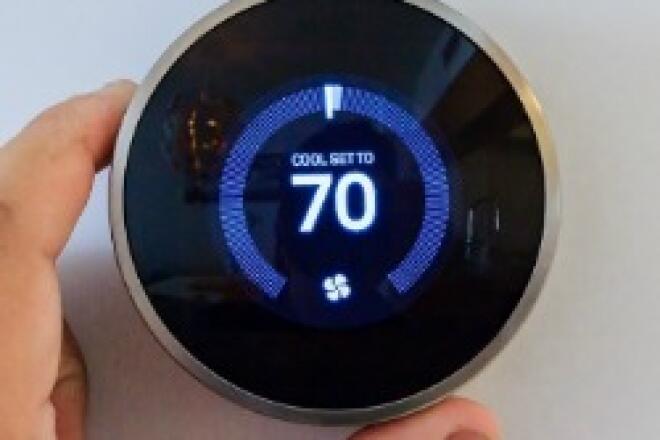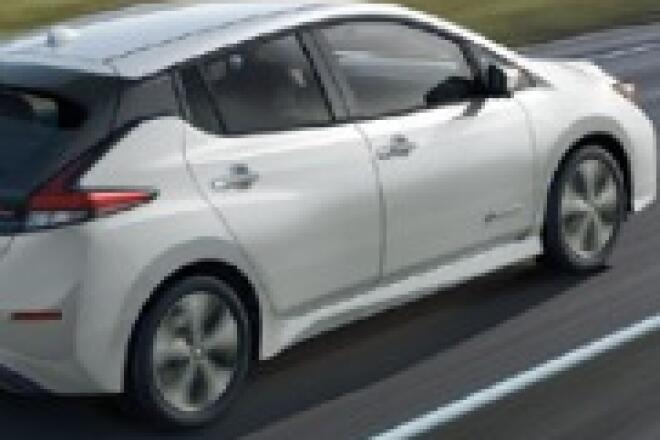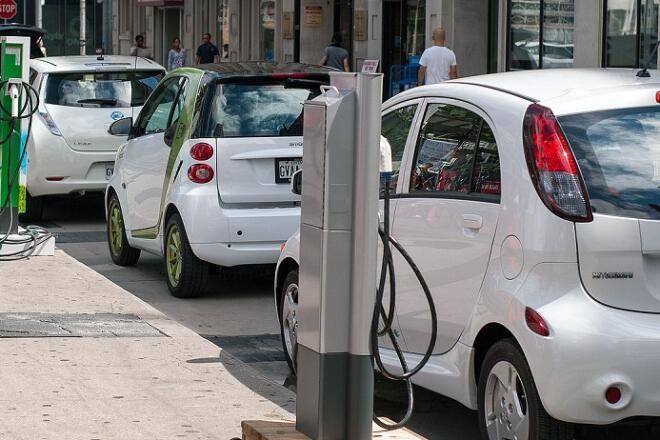
3 Ways Electric Vehicles Are Changing in 2021
Over the last few years, electric vehicles (EVs) have gone from a rare sight to common occurrence on American roads. In fact, in 2011, there were only about 10,000 EVs sold in all of the United States, but last year, despite challenges due to COVID-19, Tesla alone sold over 200,000 electric vehicles in the U.S.
While this growth is certainly impressive, it’s also just the start of the coming wave of electric vehicles. Washington and California have recently announced shifts to only EV sales in their states by 2030 and 2035, respectively, and the Biden administration has also announced major steps to boost EV adoption.
On the cusp on the EV revolution, let’s look at three ways the EV market is changing and what might be coming next:
1. Charging stations are being deployed rapidly across the U.S.
If EVs are going to become commonplace on American roads, there are going to need to be a lot of convenient places to charge them, and there are many different groups – including charging companies, power companies, carmakers and government – that are attempting to tackle this problem.
Electrify America announced that it will have 3,500 fast chargers deployed by the end of 2021, and Tesla now has over 1,100 proprietary Supercharger stations across North American – up from just six in 2012. The electric truck and SUV company Rivian is even planning an Adventure Network of over 600 charging sites in the U.S. and Canada, the first batch going to Colorado’s 42 state parks.
The biggest spur, however, may be coming from the Biden administration’s infrastructure bill – the recently announced plan promises to have at least 500,000 EV charging stations installed by 2030. With all of these initiatives well underway, it’s clear that charging an electric vehicle away from your home will be significantly more convenient in just a few short years.
2. Battery ranges have increased significantly in newer models.
It wasn’t that long ago that the most common EV models featured just 100 miles or so of battery range. For example, a 2013 Nissan Leaf could travel just 75 miles on a full charge. While the average American only drives around 30 miles per day, it’s understandable that consumers would balk at this limited range (especially when paired with the slower charging times of days past).
Fast forward to today and the 2021 Nissan Leaf Plus features 226 miles of range – and that’s not even in the higher end of available EV models today. The affordable 2021 Chevrolet Bolt features about 260 miles per full charge, and the luxury 2021 Tesla Model S gets between 390 and 520 miles depending on the exact model.
If range anxiety has prevented you from purchasing an EV in the past, it may be time to look again. Battery ranges have increasingly significantly over the last decade and will continue to do so with each passing year.
3. Many new makes and models are coming on the market.
Finally, there’s significantly more variation in the types of EVs that are available today. Only a few years ago, consumers were pretty much limited to pricey Tesla sedans and a handful of affordable but compact options, like the Nissan Leaf or Honda Fit EV. Today, there’s pretty much an EV to fit anyone’s needs – and a wave of new options are coming on the market in the next couple of years.
One of the biggest changes is the availability of electric trucks and SUVs, which are the vehicle of choice for many Americans. Backed by Amazon and other investors, the startup Rivian is focusing exclusively on all-electric trucks and SUVs, and Tesla entered the arena with the announcement of their Cybertruck. VW, Mercedes, Hyundai and Audi have also all announced electric SUVs.
There are also many more options today that are more affordable for the average car buyer. The all-electric Mini Cooper, the Nissan Leaf, Chevy Bolt, Hyundai Ioniq and many others have prices starting under or around $35,000. Even Tesla has a more affordable option now with its popular Model 3 (base price is currently around $38,000).
The electric vehicle market has changed considerably over the past few years – more battery range, more charging locations and more available models are all making EVs a much better option for the average consumer than just two or three years ago. If you’ve been interested in an EV but have been put off by one or more of these concerns, it may be time to look again. You just might find yourself part of the EV revolution.
To learn more about electric vehicles, check out our videos, guide and infographic here.



